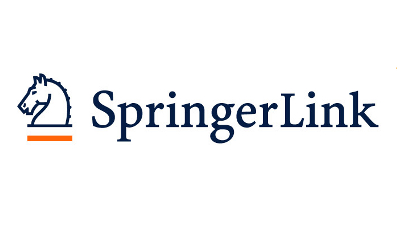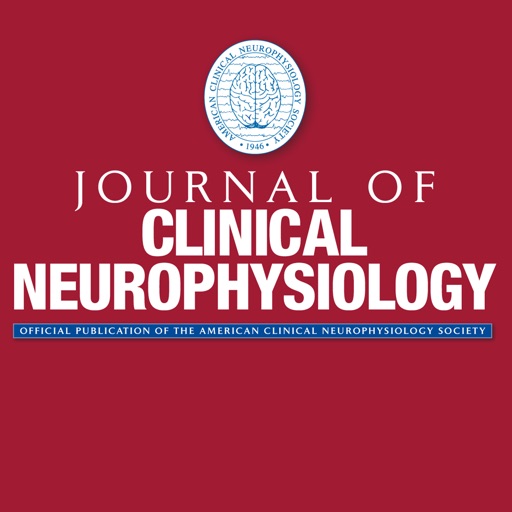 “Post-traumatic stress disorder (PTSD) is a complex disorder that involves dysregulation of multiple neurobiological systems. The traumatic stressor plays a causal role in producing psychological dysfunction and the pattern of findings suggests that the hypothalamic-pituitary-adrenal (HPA) axis, which is instrumental for stress adaptation, is critically dysfunctional in PTSD. Given the lack of understanding of the basic mechanisms and underlying pathways that cause the disorder and its heterogeneity, PTSD poses challenges for treatment.
“Post-traumatic stress disorder (PTSD) is a complex disorder that involves dysregulation of multiple neurobiological systems. The traumatic stressor plays a causal role in producing psychological dysfunction and the pattern of findings suggests that the hypothalamic-pituitary-adrenal (HPA) axis, which is instrumental for stress adaptation, is critically dysfunctional in PTSD. Given the lack of understanding of the basic mechanisms and underlying pathways that cause the disorder and its heterogeneity, PTSD poses challenges for treatment.
Targeting the endocannabinoid (ECB) system to treat mental disorders, and PTSD in particular, has been the focus of research and interest in recent years. The ECB system modulates multiple functions, and drugs enhancing ECB signaling have shown promise as potential therapeutic agents in stress effects and other psychiatric and medical conditions.
In this review, we focus on the interaction between the ECB-HPA systems in animal models for PTSD and in patients with PTSD. We summarize evidence supporting the use of cannabinoids in preventing and treating PTSD in preclinical and clinical studies. As the HPA system plays a key role in the mediation of the stress response and the pathophysiology of PTSD, we describe preclinical studies suggesting that enhancing ECB signaling is consistent with decreasing PTSD symptoms and dysfunction of the HPA axis.
Overall, we suggest that a pharmacological treatment targeted at one system (e.g., HPA) may not be very effective because of the heterogeneity of the disorder. There are abnormalities across different neurotransmitter systems in the pathophysiology of PTSD and none of these systems function uniformly among all patients with PTSD. Hence, conceptually, enhancing ECB signaling may be a more effective avenue for pharmacological treatment.”
https://www.ncbi.nlm.nih.gov/pubmed/32311373
https://www.sciencedirect.com/science/article/abs/pii/S0163725820300796?via%3Dihub

 “Over the past decade there has been a surge of interest in the development of endocannabinoid-based therapeutic approaches for the treatment of diverse neuropsychiatric conditions. Although initial preclinical and clinical development efforts focused on pharmacological inhibition of fatty acid amide hydrolase to elevate levels of the endocannabinoid anandamide, more recent efforts have focused on inhibition of monoacylglycerol lipase (MAGL) to enhance signaling of the most abundant and efficacious endocannabinoid ligand, 2-arachidonoylglycerol (2-AG). We review the biochemistry and physiology of 2-AG signaling and preclinical evidence supporting a role for this system in the regulation of anxiety-related outcomes and stress adaptation. We review preclinical evidence supporting MAGL inhibition for the treatment of affective, trauma-related, and stress-related disorders; describe the current state of MAGL inhibitor drug development; and discuss biological factors that could affect MAGL inhibitor efficacy. Issues related to the clinical advancement of MAGL inhibitors are also discussed. We are cautiously optimistic, as the field of MAGL inhibitor development transitions from preclinical to clinical and theoretical to practical, that pharmacological 2-AG augmentation could represent a mechanistically novel therapeutic approach for the treatment of affective and stress-related neuropsychiatric disorders.”
“Over the past decade there has been a surge of interest in the development of endocannabinoid-based therapeutic approaches for the treatment of diverse neuropsychiatric conditions. Although initial preclinical and clinical development efforts focused on pharmacological inhibition of fatty acid amide hydrolase to elevate levels of the endocannabinoid anandamide, more recent efforts have focused on inhibition of monoacylglycerol lipase (MAGL) to enhance signaling of the most abundant and efficacious endocannabinoid ligand, 2-arachidonoylglycerol (2-AG). We review the biochemistry and physiology of 2-AG signaling and preclinical evidence supporting a role for this system in the regulation of anxiety-related outcomes and stress adaptation. We review preclinical evidence supporting MAGL inhibition for the treatment of affective, trauma-related, and stress-related disorders; describe the current state of MAGL inhibitor drug development; and discuss biological factors that could affect MAGL inhibitor efficacy. Issues related to the clinical advancement of MAGL inhibitors are also discussed. We are cautiously optimistic, as the field of MAGL inhibitor development transitions from preclinical to clinical and theoretical to practical, that pharmacological 2-AG augmentation could represent a mechanistically novel therapeutic approach for the treatment of affective and stress-related neuropsychiatric disorders.” “Excessive fear and anxiety, coupled with corticolimbic dysfunction, are core features of stress- and trauma-related psychopathology, such as posttraumatic stress disorder (PTSD).
“Excessive fear and anxiety, coupled with corticolimbic dysfunction, are core features of stress- and trauma-related psychopathology, such as posttraumatic stress disorder (PTSD).
 “The
“The  “The behavioural effects elicited by chemical constituents of Cannabis sativa, such as
“The behavioural effects elicited by chemical constituents of Cannabis sativa, such as  “Posttraumatic Stress Disorder (PTSD) is a leading psychiatric disorder that mainly affects military and veteran populations but can occur in anyone affected by trauma. PTSD treatment remains difficult for physicians because most patients with PTSD do not respond to current pharmacological treatment. Psychotherapy is effective, but time consuming and expensive. Substance use disorder is often concurrent with PTSD, which leads to a significant challenge for PTSD treatment.
“Posttraumatic Stress Disorder (PTSD) is a leading psychiatric disorder that mainly affects military and veteran populations but can occur in anyone affected by trauma. PTSD treatment remains difficult for physicians because most patients with PTSD do not respond to current pharmacological treatment. Psychotherapy is effective, but time consuming and expensive. Substance use disorder is often concurrent with PTSD, which leads to a significant challenge for PTSD treatment.
 “This review is to summarize most recent evidence published in the last 18 months on medical and recreational use of cannabis and
“This review is to summarize most recent evidence published in the last 18 months on medical and recreational use of cannabis and  “Post-traumatic stress disorder sharply increases the risk of depression and suicide. Individuals living with post-traumatic stress disorder frequently use cannabis to treat associated symptoms.
“Post-traumatic stress disorder sharply increases the risk of depression and suicide. Individuals living with post-traumatic stress disorder frequently use cannabis to treat associated symptoms.